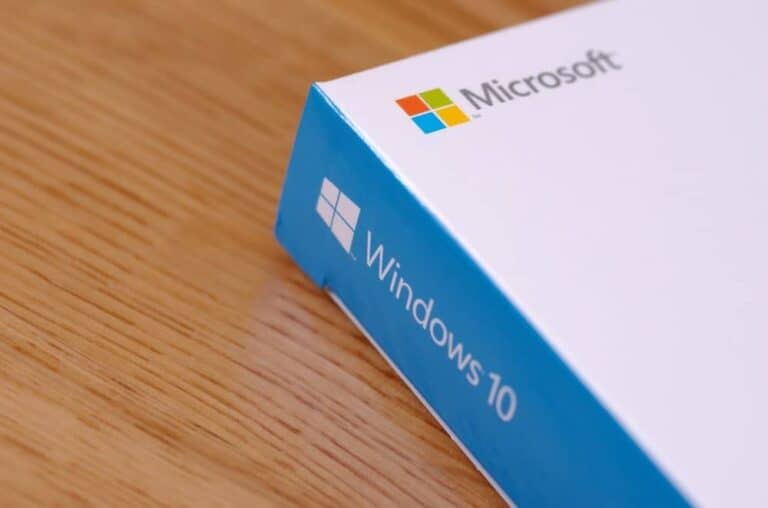Not every Windows 10 machine can make the move to Windows 11. For the ones that can however, Microsoft tries to force users to upgrade with persistently nagging notifications. Now it is taking a break from the practice.
Windows 11 adoption has been disappointing ever since its launch in 2021. Although the 30 percent market share milestone has finally been hit, Windows 10 remains the most widely used operating system by a gigantic distance. Nevertheless, the 30 percent appears to be a positive trigger for Microsoft, because starting now, it will stop pushing pop-ups and other notifications to push Windows 11 on Windows 10. It will do so momentarily, at least.
Temporary nature
Microsoft’s choice comes at a somewhat curious moment. After all, Windows 10’s end date (Oct. 14, 2025) is finally in sight, meaning the prompt to upgrade makes more sense than ever. Perhaps the aggressive advertising for Windows 11 is less necessary given that users can’t really avoid upgrading to the new OS. Either way, the decision is a response to the (presumably extremely negative) feedback from the Windows community, reports Windows Central.
The move to Windows 11 this year will also have a lot to do with users upgrading their hardware. The PC market experienced two catastrophic years in a row in 2022 and 2023, after the Covid-19 pandemic had just helped the industry rebound in 2020 and 2021. For many, however, the upgrade cycle is coming, in addition to the fact that all major PC manufacturers are promoting AI as a key selling point. It remains to be seen whether the latter actually provides much of a boost, but the reality is that new PCs will tend to include NPUs and run Windows 11.
Also read: AMD launches AI tool for image generation on your PC
